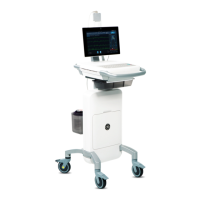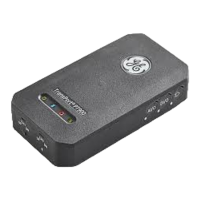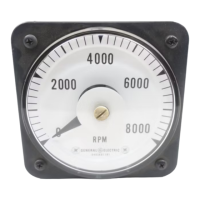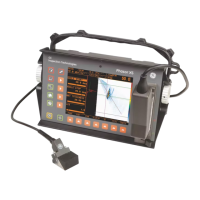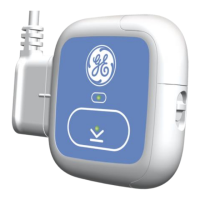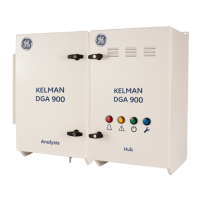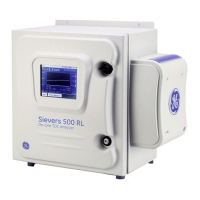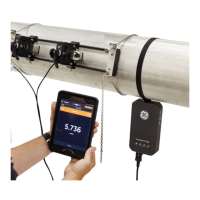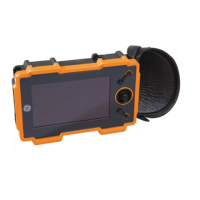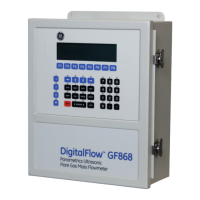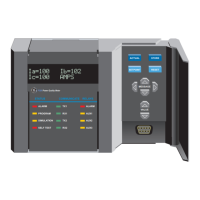Features and Capabilities 1-7
January 2006
The PACER Cycle (cont.)
Figure 1-3: A Typical PACER Cycle
This excess water easily dissolves any water-soluble contaminants.
The mirror is then heated. During the heating phase, the large puddles
of water gradually evaporate, carrying increasingly heavy
concentrations of salts as the puddles become smaller. Finally, when
all the puddles have evaporated, dry “islands” of crystallized salt are
left on the mirror. The area between the islands (80-85% of the mirror
surface) is now clean and shiny, whereas before the PACER cycle it
may have been completely covered. The total amount of
contamination has not been reduced, but instead, redistributed as
shown in Figure 1-4 below, with more clean mirror surface available
for dew formation. The reflected light signal is then electronically
balanced against the reference.
Figure 1-4: Results of the PACER Cycle
Before
PACER Cycle
After
PACER Cycle
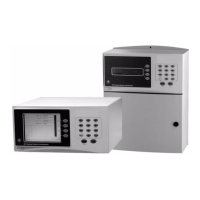
